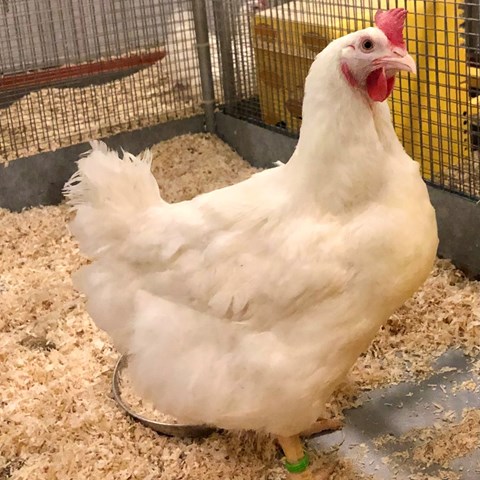Contact
Department of Applied Animal Science and Welfare (former HMH), Section of Ethology and Animal Welfare

This project aim to investigate the effect of specific environmental inputs during rearing, which has seen to promote animal welfare long-term for laying hens in experimental farms, on farms with parental animals within the chicken meat sector. Access to more or to a variation within biologically relevant resources during the development has seen to promote laying hens’ behavioural and physiological adaptability long term.
The study consists of three different parts; 1) to investigate which environmental inputs (such as different types of ground substrate, perches and shelter) that are feasible and practical to implement on a farm and that the animals use in a good way 2) to see whether these inputs can promote the welfare for the parental animals in the same way seen for laying hens and 3) possible prenatal effects will be investigated in the offspring, the chickens slaughtered for meat consumption.
Student projects are available in all three parts, and can involve both behavioural observations, clinical scoring as well as physiological parameters in blood samples. The findings here will be a part of a scientific publication where you have a possibility to take part.
Possible titles of a thesis project:
In human science, it is well known that children need both stimulation as well as a sense of security to be able to develop into well-functioning and healthy adults. During rearing, a hen is, as well as children, especially plastic in a way that optimize the chances of survival and reproduction in the environment where they grow up. A practical example is how difficult it is for birds to adapt to a multi-aviary system when adult, if being reared in a single-tier system when young. Another aspect is that a more varying environment can improve birds’ life quality by allowing greater choice, greater environmental control and a greater possibility to fulfil behavioural needs.
We hope that this study can provide farmers with tools and support for environmental modification during rearing.